The owners of Winnipeg’s $157-million stadium are probably hoping that fans keep their eyes and minds on the field—and off its defects—when it hosts the Canadian version of the Super Bowl this Sunday.
The two top teams in the Canadian Football League, the Ottawa Redblacks and the Edmonton Eskimos, will battle it out on Sunday evening for the Grey Cup at Winnipeg’s Investors Group Field.
But the stadium, which has hosted numerous sporting events and concerts since opening in 2013 and is home to the football Blue Bombers, so far has disappointed the city and province governments that built it. The stadium’s owners, Triple B Stadium Inc., an entity created by the city and province, detailed 42 different defects in a lawsuit filed last spring in Manitoba provincial court in Winnipeg against construction manager Stuart Olson Construction Ltd., Calgary, and architect Raymond S.C. Wan, Winnipeg.
The defects range from no power for broadcast trucks to cracks in the concrete to drafty suites where the executive class likes to root for its teams. “The original design did include provisions for cold weather use,” Andrew Konowalchuk, Triple B’s chairman, claimed in a television news interview. “However the original building design didn’t contemplate an event during the coldest period of our winters.”
Olson has pushed back, arguing in a counterclaim filed in April, that it was essentially forced to do a rush job in order to meet an accelerated timetable and that the stadium owners signed off on the very problems they are now blaming the company for.
Triple B “knowingly approved a design without regard for the problems that the plaintiff now pleads being the responsibility of Stuart Olson,” the company said in a statement.
The counterclaim also states that Olson, under the terms of its guaranteed-maximum price contract signed in late 2010, has no responsibility for architectural or engineering design or any errors of omissions in the designs. Stuart Olson says it is only responsible for its work under the contract.
Architect Wan, in its own reply to the lawsuit filed in July, says that the alleged flawed designs in the stadium all were either designed according to instructions from Triple B or met applicable building codes.
In other instances, such as water penetration in the suites, Wan blames on improper sealing by the construction manager and “not on account of a design issue."
Although it was completed later than first promised by the owner, the open-air stadium has been busy since it was built. At a total cost of $207 million, it compared favorably with other, more costly Canadian Football League stadiums, according to the Winnipeg Free Press, which pronounced the Winnipeg stadium “a sweet deal.” Its two huge, undulating roofs, supported by large arched trusses, extend over the seating trays and give the stadium its distinctive identity.
But that was before the most recent repairs were undertaken.
Owner Begins Repairs
Triple B has begun making the first of an estimated $35 million in repairs at the stadium. The group is made up of City of Winnipeg; the Winnipeg Blue Bombers, for whom the stadium is their home field; the province of Manitoba; and the University of Manitoba, on whose grounds the publicly financed project was built.
The 35,000-seat stadium is apparently particularly leaky, with water leaking into private suites and the video board and pooling in the north and south concourse areas. There are also connection failures with the rainwater drainage pipes.
Water infiltrating the stadium’s walls has also created mold issues.
Along with being leaky, the stadium is also oddly ill-equipped for the deep Canadian cold.
The suites are drafty and unable to maintain a temperature of 10º C through the year. The suite level, catering to executives and other fans with deep pockets, also suffers from a “lack of thermal insulation, thermal break and weather proofing.”
Just as importantly, there is not enough heat in the electrical, mechanical and sprinkler rooms, and no heat tracing on pipes exposed to freezing temperatures.
The heating, ventilation and air-conditioning controls in the administrative building are also faulty, Triple B’s lawsuit alleges.
And there are also numerous structural issues, including weight restrictions on the concourses due to alleged problems with the design and composition of the slabs.
Sidewalks around the stadium are already settling while the steel structure was left unpainted and unsealed, the owners contend.
How to pay for all the repairs is also emerging as an issue.
Manitoba’s provincial government recently agreed to guarantee a loan from a local financial institution to pay for the stadium’s $35-million repair job, expected to be spread out over the next few years.
Premier Greg Sellinger has said he is “optimistic” that insurance will cover the cost of the repairs.
But Brian Pallister, opposition leader in the Legislative Assembly of Manitoba, has expressed skepticism that taxpayers won’t end up paying for the work.
“You can rush a quarterback, but you can’t rush a construction project,” Pallister said during a television interview. “Manitobans are being asked to bear the burden of all these mistakes.”




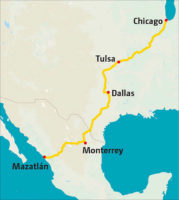
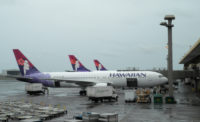
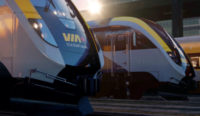
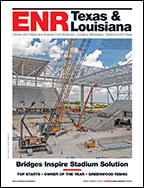
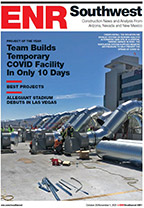
Post a comment to this article
Report Abusive Comment